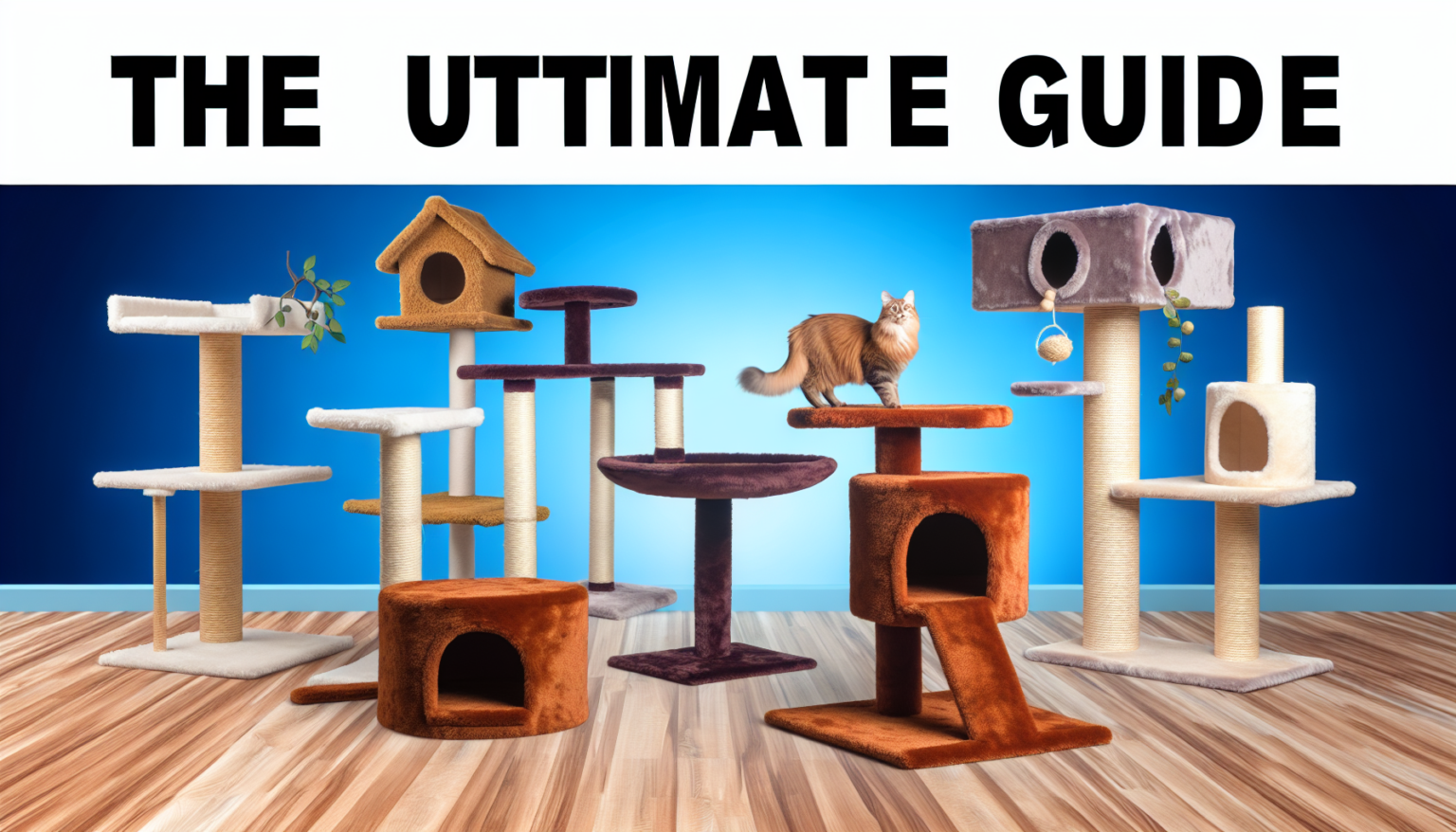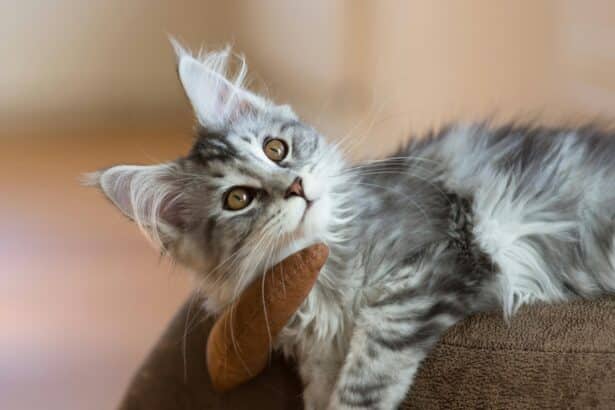Your cat rules the sofa, the windowsill and your heart. Ready to crown her queen of the vertical world too? A well-chosen cat tree gives her a safe place to scratch, climb, nap and supervise her kingdom, while saving your cushions from a furry coup.
- Which cat tree suits your feline best?
- How to choose: key criteria that really matter
- Placement: where you put it is half the magic
- Top picks by need: what to look for
- Most luxurious: cabinet-style cat tree
- Most durable: the sturdy workhorse
- Best value: functional and budget-friendly
- Common mistakes to avoid
- Buying too small or too flimsy
- Skipping your cat’s real preferences
- Placing it “where it fits,” not where it works
- How to help your cat fall in love with the new tree
- Care and maintenance
- FAQ
Want a deeper dive into features, placements and pro tips? Start with our companion guide on how to choose the perfect cat tree.
Which cat tree suits your feline best?
Scratch-focused trees
Perfect for cats who love a good stretch-and-scratch session. These models highlight sturdy sisal posts and tall scratching panels that let your cat extend fully.
Look for posts that are taller than your cat’s body length, so she can stretch her shoulders and back properly. Bonus if there’s both vertical and horizontal scratching surfaces.
Explorer and climber trees
For curious felines who like to survey every corner of the room. Multiple platforms, ramps and ladders turn the tree into an indoor adventure park.
High perches offer a sense of safety, especially in multi-cat homes, and help shy kitties build confidence at their own pace.
Cozy hideaway trees
Built for nappers and cuddle-bugs. Think plush hammocks, enclosed cubbies and padded beds for deep, whisker-twitching sleep.
Choose removable, washable cushions when possible. Your nose and your future self will thank you.
Curious why felines are so dedicated to scratching in the first place? Here are 5 surprising reasons cats scratch that make the behavior totally normal—and totally manageable.
How to choose: key criteria that really matter
Size, height and layout
Match the tree to your space and your cat’s agility. Tall trees shine in small apartments by using vertical space, while wide bases suit larger rooms and energetic jumpers.
For seniors or kittens, favor short gaps between platforms and add ramps for gentle climbing.
Stability and safety
This is non-negotiable. A wobbly tree is a one-and-done experience for a cautious cat. Prioritize a wide, heavy base, thick posts and wall anchors if the tree is very tall.
Check that fasteners are metal and that screws stay tight over time.
Materials and durability
Sisal (rope or woven fabric) is the gold standard for scratching. Woven sisal fabric can feel smoother and prevents claw snagging for many cats.
Opt for solid wood or dense engineered wood for posts and platforms; flimsy chipboard often flexes and ages poorly.
Ease of cleaning
Removable covers and machine-washable pads are a gift on shedding season. Short-pile fabric is easier to vacuum than ultra-plush.
Spot-clean stains promptly to keep your cat’s “spa” smelling like home rather than mystery.
Protect your furniture while your cat learns the new rules with these pro tips to stop sofa scratching without stress.
Placement: where you put it is half the magic
- Near a window or favorite “patrol route” for bird TV and sunbeams.
- In social areas so your cat can hang out with you from on high.
- Far from wobbly or noisy spots that feel unsafe.
Practical tip you’ll love: Rub a clean sock over your cat’s cheeks to collect her facial pheromones, then rub it onto the tree’s posts and beds. It makes the tree smell like “hers” on day one.
Need a gentle refresh for claws before first use? Learn how to trim your cat’s claws safely and make scratching posts even more appealing.
Top picks by need: what to look for
Most luxurious: cabinet-style cat tree
Blends into your decor with enclosed nooks, multiple platforms and premium fabric. Think solid wood, sisal panels and a top perch for monarch-level lounging.
Ideal if you want your living room to stay chic and your cat to stay thrilled.
Most durable: the sturdy workhorse
Heavy base, thick posts and minimal “fluff” features that loosen over time. A great choice for large breeds or athletic cats who launch themselves like tiny gymnasts.
Fewer frills can mean more years of reliable daily use.
Best value: functional and budget-friendly
Several platforms, a hideaway, and multiple sisal posts at a fair price. Prioritize build quality over gadgets.
If your cat is new to tall furniture, start here, then upgrade once you know her preferences.
Scratching brings comfort, not chaos. Understanding it can also reduce stress—discover the key signs of stress in cats and when to adjust your setup.
Common mistakes to avoid
Buying too small or too flimsy
A short, shaky tree often gets ignored. Cats want height for visibility and a rock-solid base for confidence.
Why it matters: one bad wobble can make your careful introduction fall flat.
Skipping your cat’s real preferences
Climbers love multiple tiers; snugglers need hammocks and cubes; dedicated scratchers need tall, sisal-heavy posts. Let your cat’s daily habits guide you.
Placing it “where it fits,” not where it works
Stuffing the tree into a dark corner or noisy hallway can make it feel unsafe. Prioritize windows, light and family traffic.
Surprising fact: Vertical territory can reduce household tension in multi-cat homes because it “expands” usable space without adding rooms.
How to help your cat fall in love with the new tree
- Sprinkle a tiny pinch of silvervine or catnip on lower platforms.
- Play “up and around” with a wand toy to guide her path.
- Feed treats or a daily snack on the second platform to build positive vibes.
One-week plan: Day 1–2: introduce scent and treats. Day 3–4: short play sessions on and around the tree. Day 5–7: reward any use of posts or perches like she just won Best in Show.
And if she’s still eyeing your sofa? This guide has your back with gentle strategies to protect your furniture and keep paws happy.
Care and maintenance
- Vacuum weekly; wash removable fabrics monthly or as needed.
- Tighten screws every few weeks, especially after wild play.
- Rotate or flip scratching panels to even out wear.
Pro tip: Give the tree a 90-degree spin every few weeks. New angles make old views feel exciting again.
FAQ
Where is the best place to put a cat tree?
By a window with good light or in the room where you spend the most time. Avoid shaky floors, drafty spots and high-traffic doorways that feel unsafe.
What height should I choose for kittens or seniors?
Pick mid-height trees with small gaps between platforms and add ramps or steps. Prioritize stability and soft, supportive beds.
How do I encourage my cat to use the scratching posts?
Place posts near sleeping areas and entrances, add a sprinkle of silvervine, and reward scratching with treats. Redirect gently from furniture to the post.
How often should I clean or replace parts?
Vacuum weekly, wash covers monthly and tighten hardware regularly. Replace heavily worn scratching panels to keep the tree inviting and safe.








